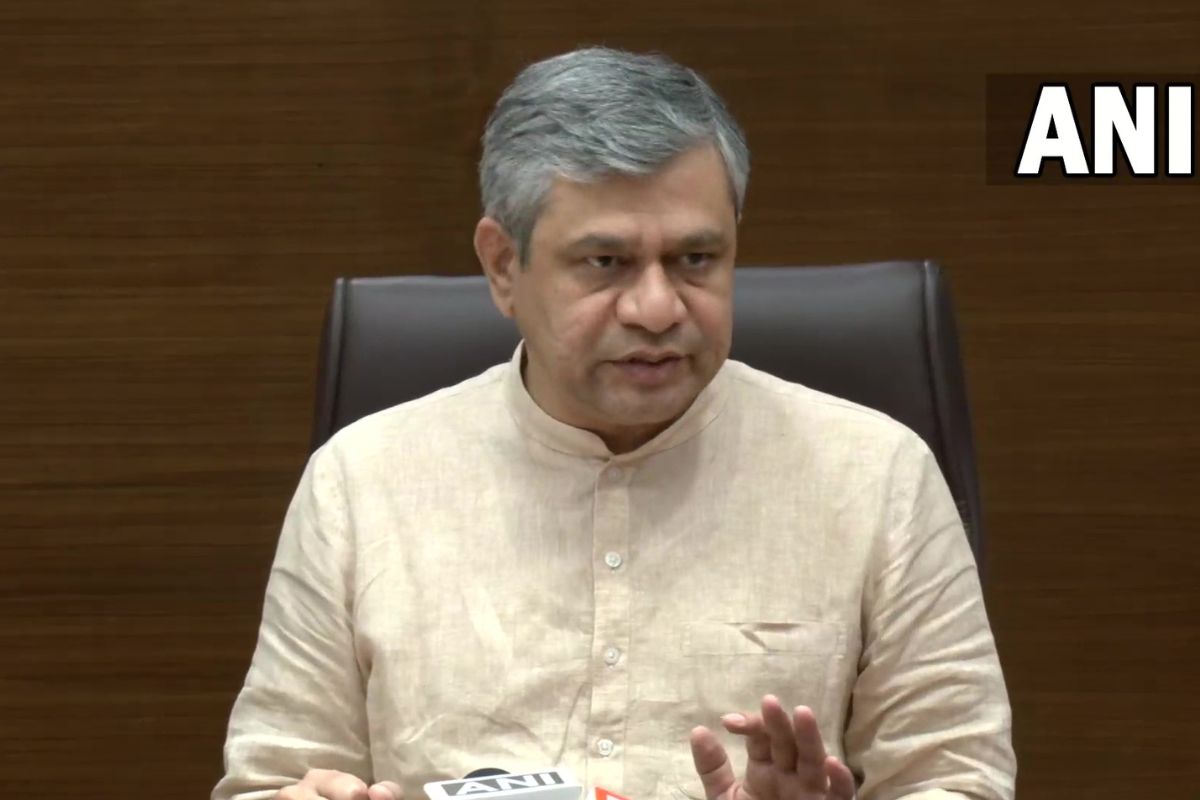Railway Minister Ashwini Vaishnaw on Thursday informed that rail track recorder vehicles will be deployed in all Railway Zones.
After inspecting cutting-edge systems, Road Cum Rail Inspection Vehicle (RCRIV) and the Integrated Track Monitoring System (ITMS) at New Delhi railway station, he also emphasised the crucial role of technology for maintaining the health of railway tracks, easing trackmen’s workload and ensuring better operational outcomes.
“Rail track recorder vehicles will be deployed in every zone,” Vaishnaw said.
These sophisticated systems highlight the Ministry’s dedication to leveraging technology for enabling proactive track maintenance, and enhancing overall railway operations.
The RCRIV is a versatile machine designed to inspect railway tracks with precision and efficiency, operating seamlessly on both road and rail. Built on the Tata Yodha model, it features advanced cameras and sturdy wheels, enabling continuous recording of track conditions for up to 15 days, ensuring enhanced safety and reliability.
The ITMS, installed on Track Recording Cars (TRCs), uses advanced technology to monitor and measure track parameters at speeds ranging from 20 to 200 kmph. It features contactless monitoring with laser sensors, high-speed cameras, and LiDAR for precise data collection, along with real-time alerts via SMS and email for immediate attention to critical areas.
Integrated with the Track Management System (TMS), it enables real-time reporting, while video inspection and machine learning help identify structural defects. Offering comprehensive monitoring, including rail profile and wear measurement, track geometry assessment, and ride quality analysis, the ITMS ensures enhanced safety and operational efficiency. Its operation and maintenance are managed by the supplier firm under a seven-year agreement, ensuring consistent reliability.
The minister also highlighted the operational importance of ITMS, noting that it provides real-time alerts to trackmen via SMS and email, enabling quick responses to areas requiring urgent attention. This approach significantly improves track safety while reducing the workload for trackmen, making their tasks more efficient and manageable.
Advertisement
